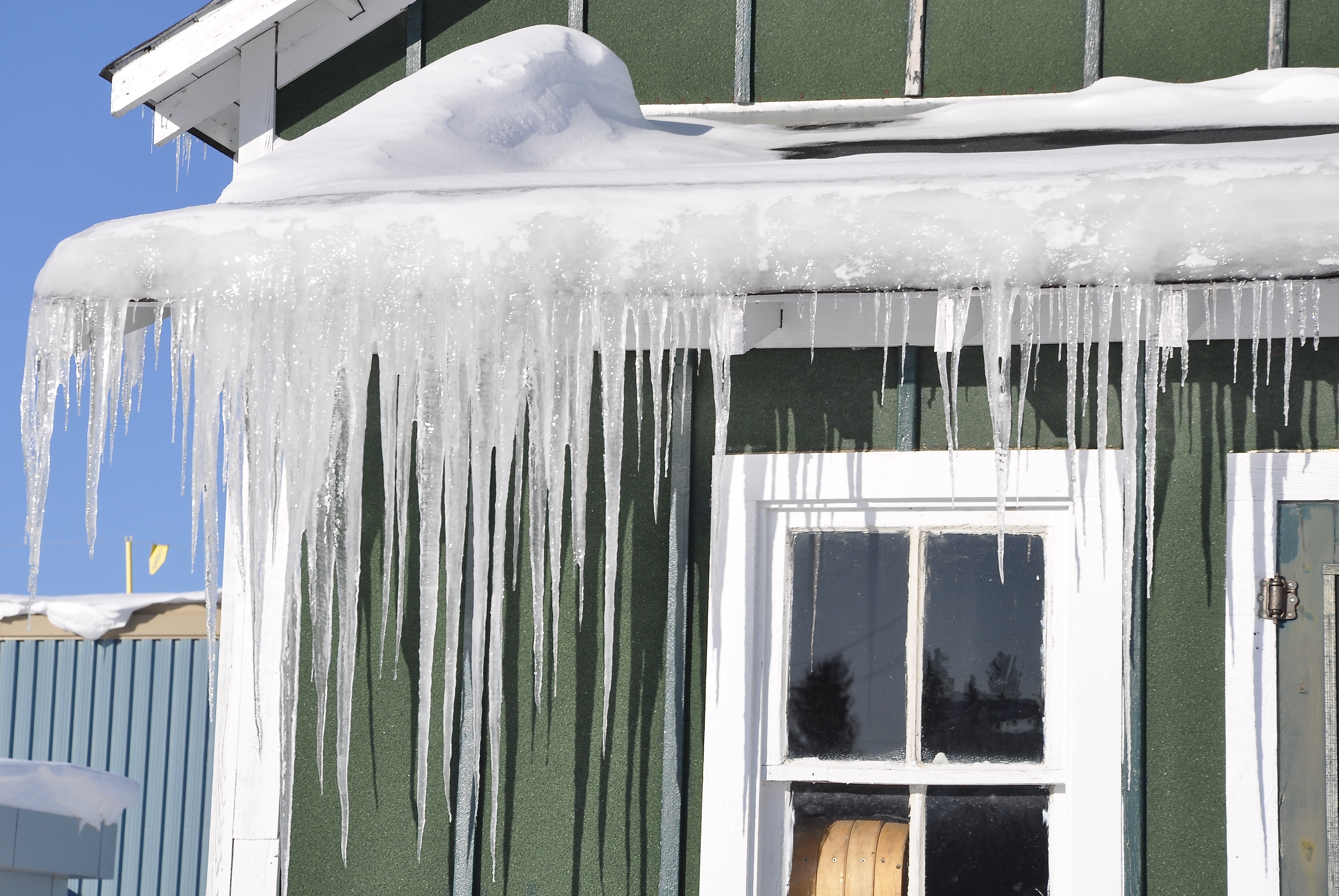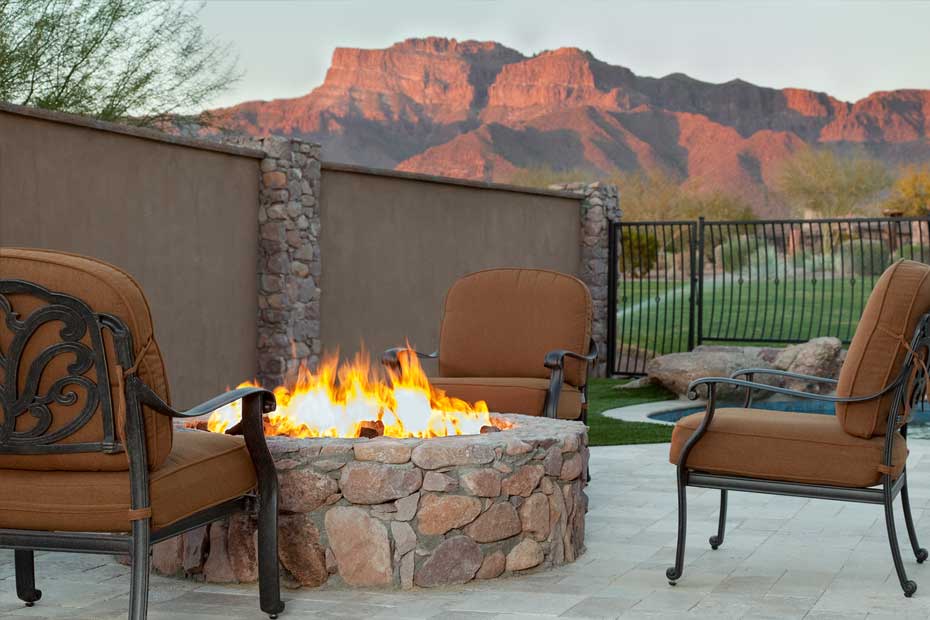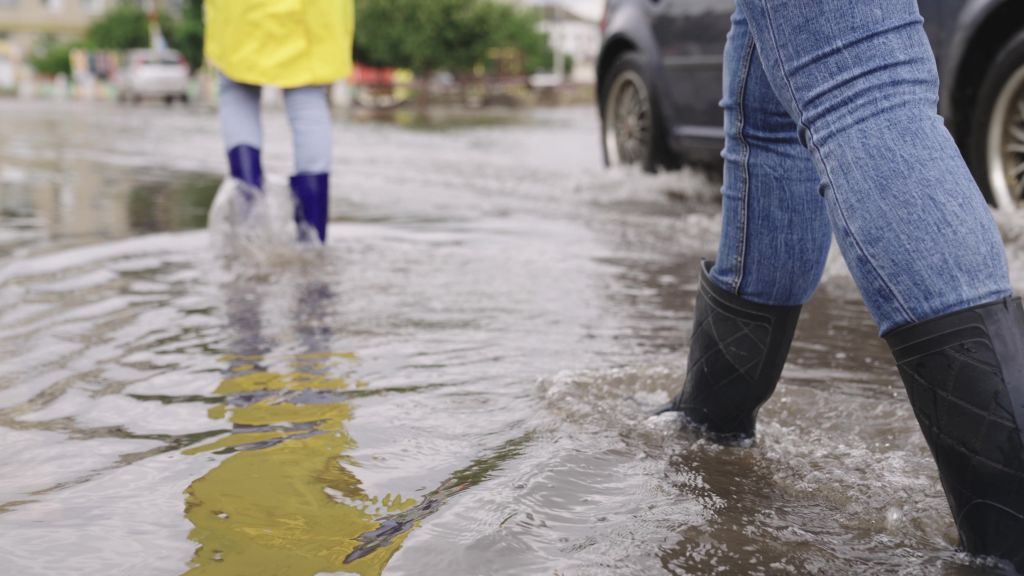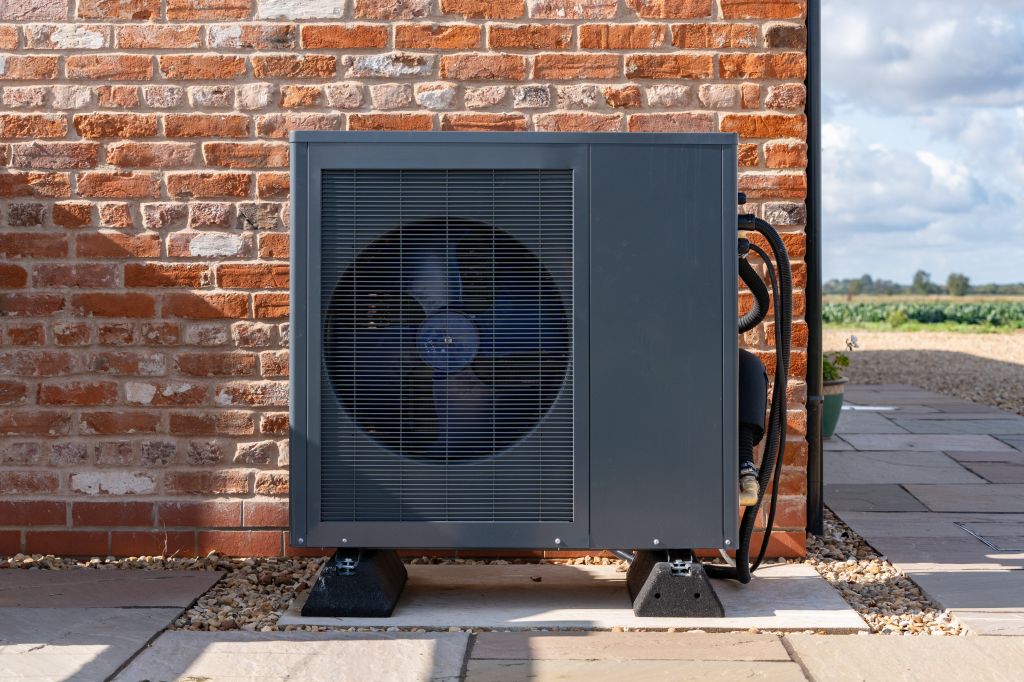Published December 13, 2023 • 5 Min Read
Frosty windows and a roof laden with icicles may evoke a sense of winter charm, but they’re a sign your home is unnecessarily losing heat — and that your energy bills could be higher than they need to be.
Given that heating accounts for nearly two-thirds of energy use in the average Canadian home, weatherproofing for winter really does matter. An energy-efficient home uses less energy and emits fewer greenhouse gas emissions, which is a win for both your bank balance and the planet.
Here are seven strategies for ensuring where you live is as insulated as possible, so you can use less energy and stay warm in the process.
1. Seal the windows…
Ice or frost on windows is a sure sign that cold air is getting in, and warm air is escaping from your home.
If you’re in an older house with single-pane windows, it might be time to replace them with double- or triple-pane options. In the meantime, there are some cost-effective ways for better insulating your home’s windows.
First up, consider applying silicone caulk that’s labelled ‘removable’ to spots along the windows where the old caulk has gone. Because it’s not permanent, caulking is a great option for renters. When spring eventually returns and you want to open the windows to fresh air, you can just peel the removable caulk away and enjoy the sound of the birds returning. How to know which windows need the treatment? On a day when it’s windy, run your hand around your window frames slowly and feel where cold air’s coming in.
Latex-based foam sealant is another option for windows, or window film kits that you can buy from any hardware store. Research the different available materials, measure your windows so you’ll know how much material you’ll need beforehand, and ask a friend to help you out: While this is a straight-forward DIY project, having a couple of extra hands to help you roll down the film and get the hairdryer going to shrink the film is going to make things so much easier.
2. … And the doors
If the door sweeps on your exterior doors are on their last legs, it’s time to get some new ones so you can block out all that wintery air. You can also stop drafts at the bottom of doors with a draft stopper or door snake. These tend to cost in the $5-$50 range, but if you’re the crafty sort, you can find online tutorials for making your own weighted fabric tubes. Or, if you’re really in a bind, a rolled-up beach towel will work in a pinch.
3. Hang thermal curtains
Having open entryways to the rooms of your house can be lovely in summer, but in winter, you might want to consider hanging thick door curtains to concentrate warmth in each room.
You could also hang thermal curtains made from heavy materials like velvet or tweed in the windows — they’re better insulating than blinds, which let cold air in through the slats. The thicker the curtains are, the more insulating they’ll be.
4. Fill any gaps in the floorboards
If you have stripped wooden floors in your home, you can draft-proof them by filling in the small gaps between the boards with rubber tubing or an equivalent.
5. Make sure the chimney isn’t losing heat
If you have a drafty chimney, make sure to block it when it’s not in use. Reusable, inflatable chimney balloons and blockers made from felted wool are an affordable option. Or, if you never use your fireplace, it might be time to get a chimney cap fitted to seal in the chimney pot and stop those drafts altogether.
6. Get the attic fully insulated
If your home has huge icicles lining the eaves of the roof in the winter, it’s a sign that your attic isn’t as well insulated as it could be. Warm air is rising up, escaping, and causing snow on the roof to melt before turning into icicles.
Check to see what rebates are available to cover the cost of this type of attic insulation work. Then start researching the different insulation materials you can choose from — such as fiberglass, spray foam made from castor oil, natural fibres, and cellulose made from recycled newspapers. You may want to hire an expert to do this work, as there are safety hazards to be considered, such as keeping any combustible materials away from any metal chimneys and recessed lighting up in the attic.
Read more: Find out which home energy rebates are available in your province
If you are doing the work yourself, you’ll need a respirator, safety goggles, and protective clothing to protect yourself from materials like fiberglass, and from hazards like any animal droppings that you might end up disturbing while up there.
7. Make sure your furnace is working efficiently
If the furnace filter is clogged, the airflow will be reduced. This means your furnace will have to work that bit harder. Make sure to clean the furnace filter with warm, soapy water every few months, or change it out if it’s disposable.
Read more: When’s the right time to replace your furnaces and other household appliances?
If it’s not already on your annual calendar, getting a full professional furnace maintenance service done once a year is a good idea. It’s common to get these scheduled for spring, as HVAC technicians tend to have more availability then. But if it’s been years since you made such an appointment, call a technician in as soon as possible so they can ensure everything — from the heat exchanger to the venting system — is in good working order.
Read more: How to prepare and protect your basement from flooding
This article is intended as general information only and is not to be relied upon as constituting legal, financial or other professional advice. A professional advisor should be consulted regarding your specific situation. Information presented is believed to be factual and up-to-date but we do not guarantee its accuracy and it should not be regarded as a complete analysis of the subjects discussed. All expressions of opinion reflect the judgment of the authors as of the date of publication and are subject to change. No endorsement of any third parties or their advice, opinions, information, products or services is expressly given or implied by Royal Bank of Canada or any of its affiliates.
Share This Article






